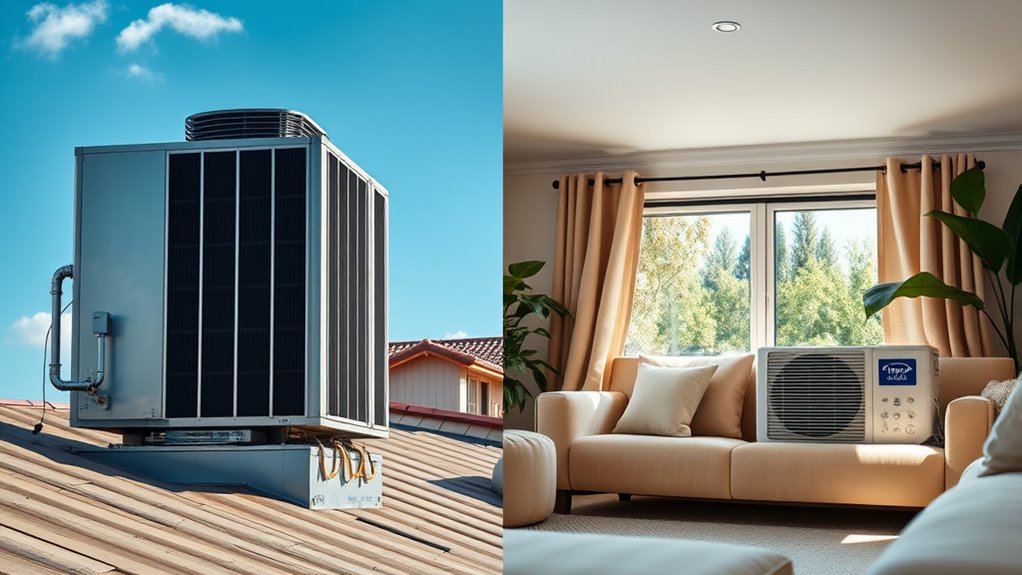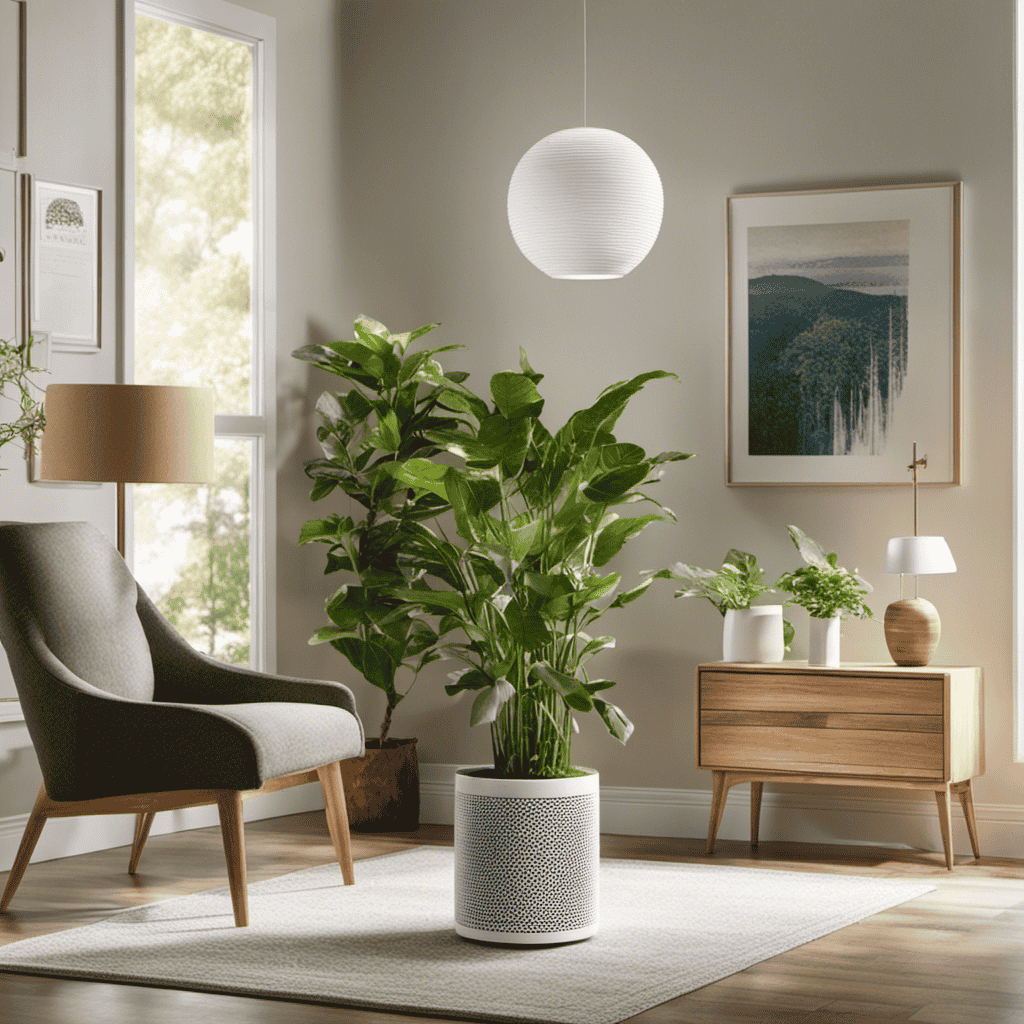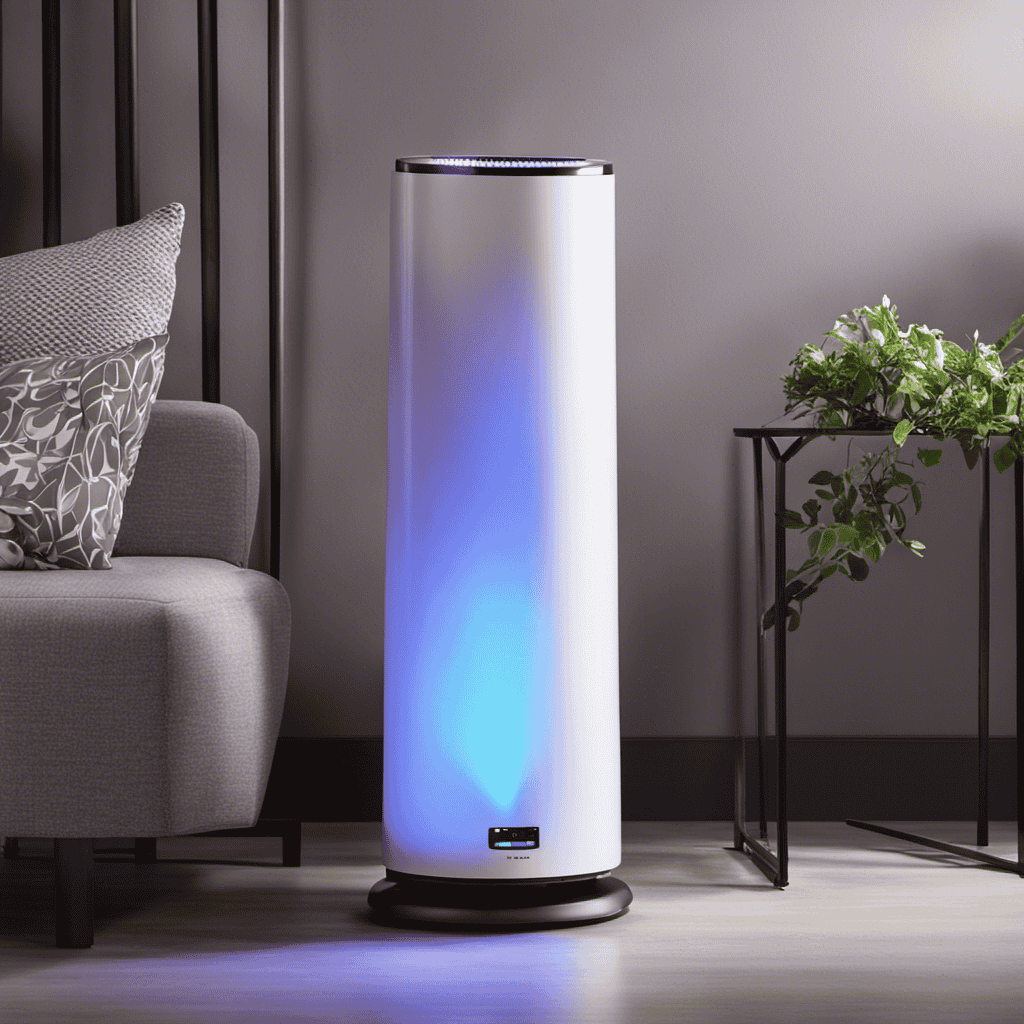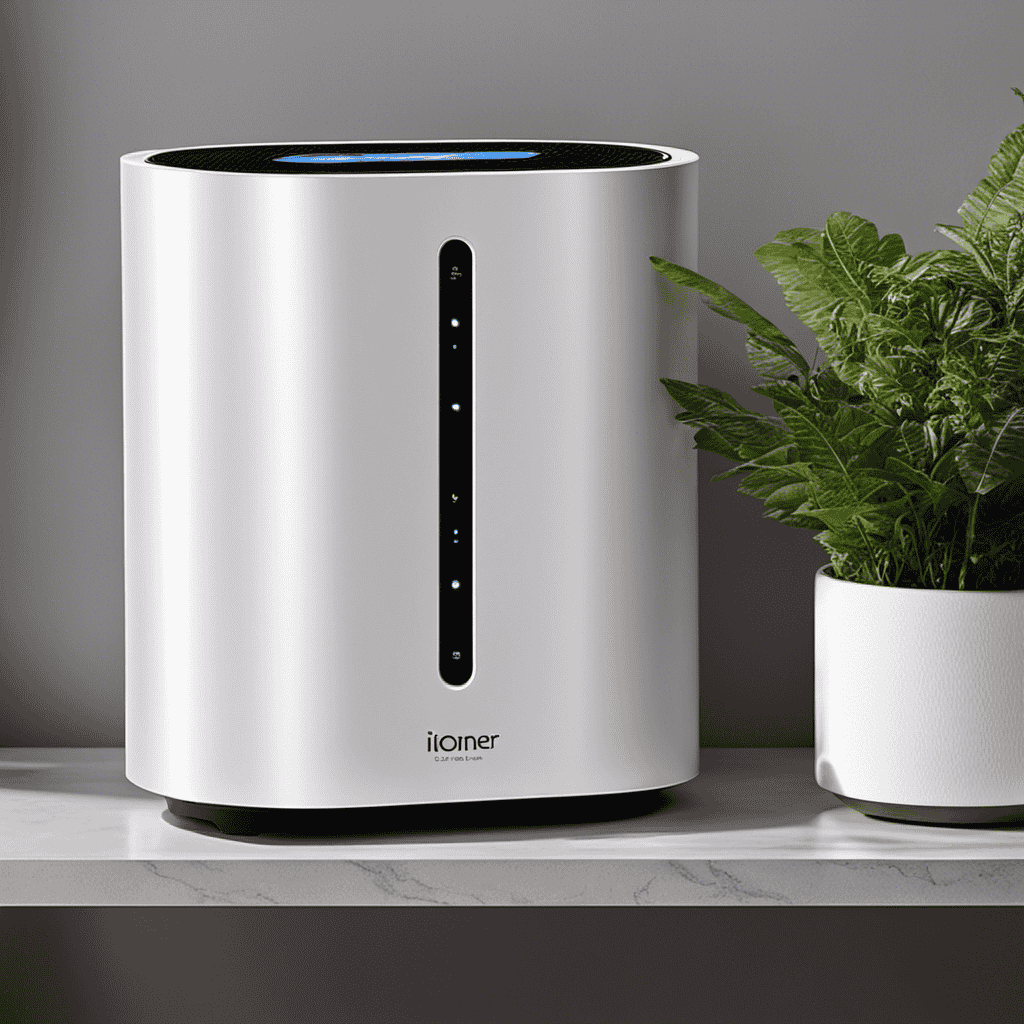If you’re choosing between whole-house systems and individual room units, consider your home’s size, your budget, and long-term energy costs. Whole-house options offer consistent comfort and often save money over time but require higher upfront investment and professional installation. Room units are cheaper and easier to set up but might increase ongoing energy use. To find the best fit for your needs and see which option balances comfort and budget, keep exploring the details ahead.
Key Takeaways
- Whole-house systems offer better energy efficiency for large homes but require higher upfront installation costs.
- Room units are cheaper initially and provide flexible, targeted comfort but may consume more energy over time.
- Central systems are less adaptable after installation, while room units can be moved easily to different areas.
- For long-term savings, investing in a whole-house system is more cost-effective in larger or well-insulated homes.
- Short-term needs or smaller spaces often benefit from affordable, quick-to-install room units with minimal infrastructure.
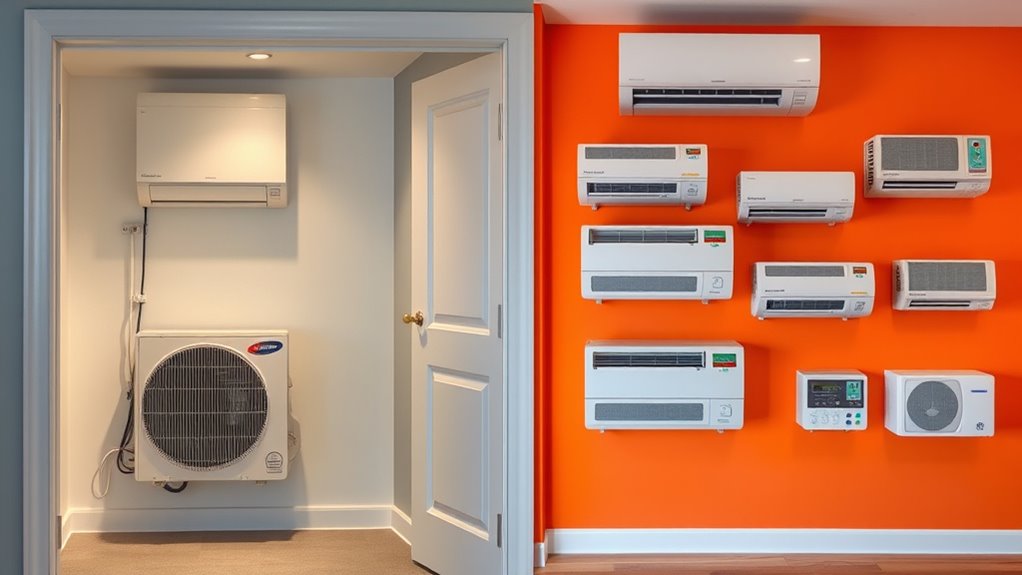
When choosing between whole-house and room units for heating or cooling, understanding the differences can help you make an informed decision. Both options have their pros and cons, especially when it comes to energy efficiency and installation costs. Knowing which suits your needs can save you money and improve your comfort over time.
Whole-house systems, like central HVAC units, are designed to regulate temperature across your entire home through ductwork or a heat pump. They tend to be more energy-efficient on a large scale because they can leverage economies of scale, especially if your home is well-insulated. However, the initial installation costs are higher. Setting up a whole-house system involves professional installation, ductwork, and sometimes structural modifications. If you own a larger home or plan to stay for many years, investing in a whole-house system might pay off through lower operating costs and consistent temperature control.
Whole-house HVAC systems offer efficient, consistent temperature control for larger homes, justifying higher upfront installation costs.
On the other hand, room units—such as portable air conditioners, space heaters, or mini-split systems—offer targeted comfort. They’re generally less expensive upfront because they don’t require extensive installation or ductwork. You can easily add or remove units as needed, making them a flexible option for smaller spaces or homes with varying needs. However, their energy efficiency can vary widely. Smaller units may consume more energy relative to their output, especially if used improperly or for extended periods. If your goal is to heat or cool only specific rooms, room units can be cost-effective, but if you’re looking to maintain a consistent temperature throughout your entire home, the cumulative energy costs might outweigh the benefits.
Another factor to weigh is the installation process. Whole-house systems often require professional installation, which can be disruptive and costly upfront but ensures better integration and long-term reliability. Room units are usually easy to set up and move around, providing immediate comfort without significant installation expenses. This makes them an attractive choice if you’re on a tight budget or need quick solutions.
Additionally, advancements in high-efficiency projectors demonstrate that integrating modern technology can enhance your home environment, whether for entertainment or comfort. Ultimately, your decision depends on your budget, home size, and comfort priorities. If energy efficiency and long-term savings are your main concerns and you’re willing to invest more initially, a whole-house system might be the best fit. Conversely, if you need flexible, affordable solutions for specific areas and want to avoid high installation costs, room units could serve you better. Weighing these factors carefully can help you choose the option that balances your budget with your comfort needs.
Frequently Asked Questions
How Do Installation Costs Compare Between Whole-House and Room Units?
When comparing installation costs, whole-house units often cost more upfront due to duct compatibility and installation complexity. You’ll likely need to modify or install ductwork, which can increase labor and material expenses. In contrast, room units are simpler and quicker to install, often requiring minimal ductwork or none at all. Your choice depends on your budget and whether you’re prepared for the more involved installation of a whole-house system or prefer a straightforward setup with room units.
Which System Offers Better Energy Efficiency Over Time?
Think of energy efficiency as a garden that needs tending; over time, a system with zoning advantages can flourish. Whole-house units often save energy by balancing temperature and reducing waste, while room units are more targeted. Your choice impacts air quality and comfort, but overall, whole-house systems tend to offer better long-term efficiency, especially if you want consistent climate control and lower utility bills.
Can Existing Ductwork Influence the Choice Between Systems?
Your existing ductwork can substantially influence your system choice because ductwork compatibility matters. If your ducts are outdated or poorly designed, it might cause retrofit challenges, making certain systems less efficient or harder to install. You’ll need to evaluate whether your current ductwork supports a new system or if upgrades are necessary, which could affect your overall budget and installation process.
How Do Maintenance Requirements Differ for Each System Type?
You’ll find maintenance differs between system types. With whole-house units, you’ll need to regularly check and replace filters, and occasionally recharge refrigerant if leaks occur. Room units generally require less filter maintenance but might need refrigerant recharges if they lose efficiency. Staying on top of filter maintenance keeps your system running smoothly, while refrigerant recharge guarantees ideal cooling performance, regardless of system size.
Are There Any Long-Term Cost Savings Associated With Either Option?
Imagine a steady river flowing, quietly saving you money over time. Both system types can offer cost savings and long-term affordability, but your choice influences this flow. Whole-house units often reduce energy bills with their efficiency, while room units can be more budget-friendly initially. Consider your needs and future plans to find the option that guarantees ongoing savings, keeping your comfort and finances balanced smoothly over the years.
Conclusion
Ultimately, choosing between whole-house and room units depends on your needs and budget. Whole-house systems offer thorough comfort, while room units provide flexibility. Remember, “A penny saved is a penny earned.” Weigh your priorities carefully—sometimes investing a little more upfront can save you headaches later. Whichever option you choose, guarantee it aligns with your lifestyle and financial plan for lasting satisfaction.
